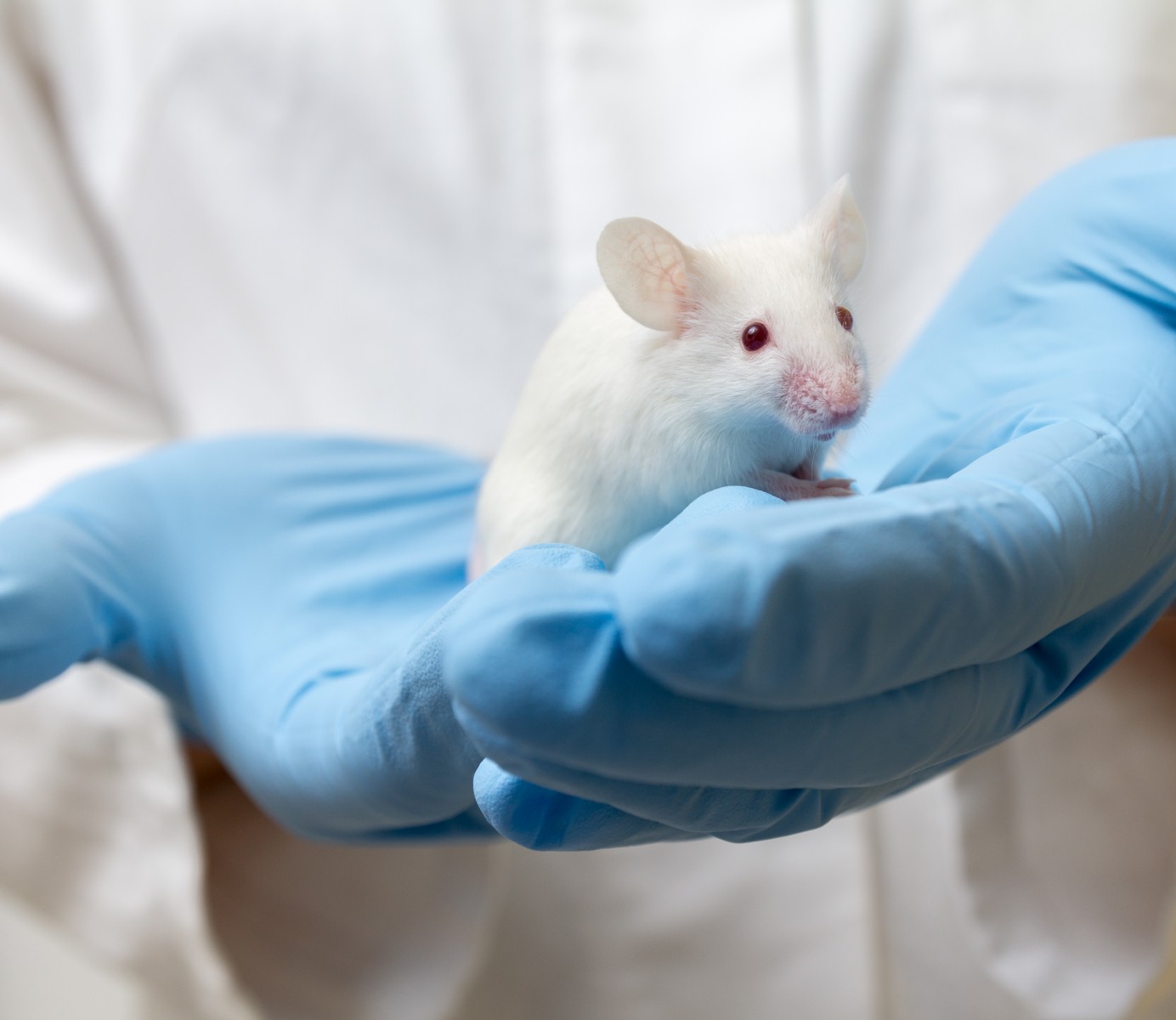Compound from Spider Venom Reduces Seizure Susceptibility, Mortality in Dravet Syndrome Mice
Written by |

A compound isolated from spider venom called Hm1a helps reduce seizure susceptibility and mortality in mice with Dravet syndrome, according to researchers.
Their study, “Selective NaV1.1 activation rescues Dravet syndrome mice from seizures and premature death,” was published in PNAS.
Dravet syndrome is resistant to several pharmaceutical therapies that are geared toward treatment of other types of epilepsy. This creates an urgent need to develop new therapeutic strategies to treat this genetic disease.
Most patients with Dravet syndrome have a mutation in the SCN1A gene which results in a deficiency in the sodium channel NaV1.1. In the brain, NaV1.1 is expressed on the surface of nerve cells and plays a critical role in nerve-nerve cell signaling.
Because of the impairment in this specific channel, Dravet patients are thought to have reduced neurotransmission (communication between nerve cells), which in turn causes brain hyperexcitability and ultimately, epilepsy.
Spider venom is a rich source of compounds that target ion channels, much like Nav1.1.
Hm1a is a peptide — short chains of amino acids, which are the building blocks of proteins — present in spider venom that selectively improves the functioning of Nav1.1.
To determine if this peptide could be used as a targeted treatment for Dravet syndrome, researchers used a mouse model of Dravet syndrome. Treating mice with Hm1a enhanced NaV1.1 signaling and improved neurotransmission. This peptide also reduced seizure susceptibility and mortality.
Hm1a improved Nav1.1 function by inhibiting the gating movement of the channel, allowing it to stay open longer and produce a functional signal.
Importantly, Hm1a specifically targeted Nav1.1 present in interneurons — a type of nerve cell whose dysfunction is believed to underlie the development of Dravet syndrome.
This specificity is thought to be the reason why the compound was able to quickly reduce seizure susceptibility and mortality without any apparent adverse effects.
“Our data indicate that selective activation of NaV1.1 restores normal network excitability in a genetic model of Dravet syndrome,” researchers wrote.
However, Hm1a does not cross the blood-brain barrier, a semipermeable membrane that protects the brain from the outside environment. Penetrating this barrier and reaching the brain is critical to treat neurological diseases.
Because of this setback, Hm1a would have to be administered by an injection directly into the brain or the spinal canal. A number of parameters — including fluid dynamics and the compound’s half-life — will be critical to determine how the drug would work in the human brain.





